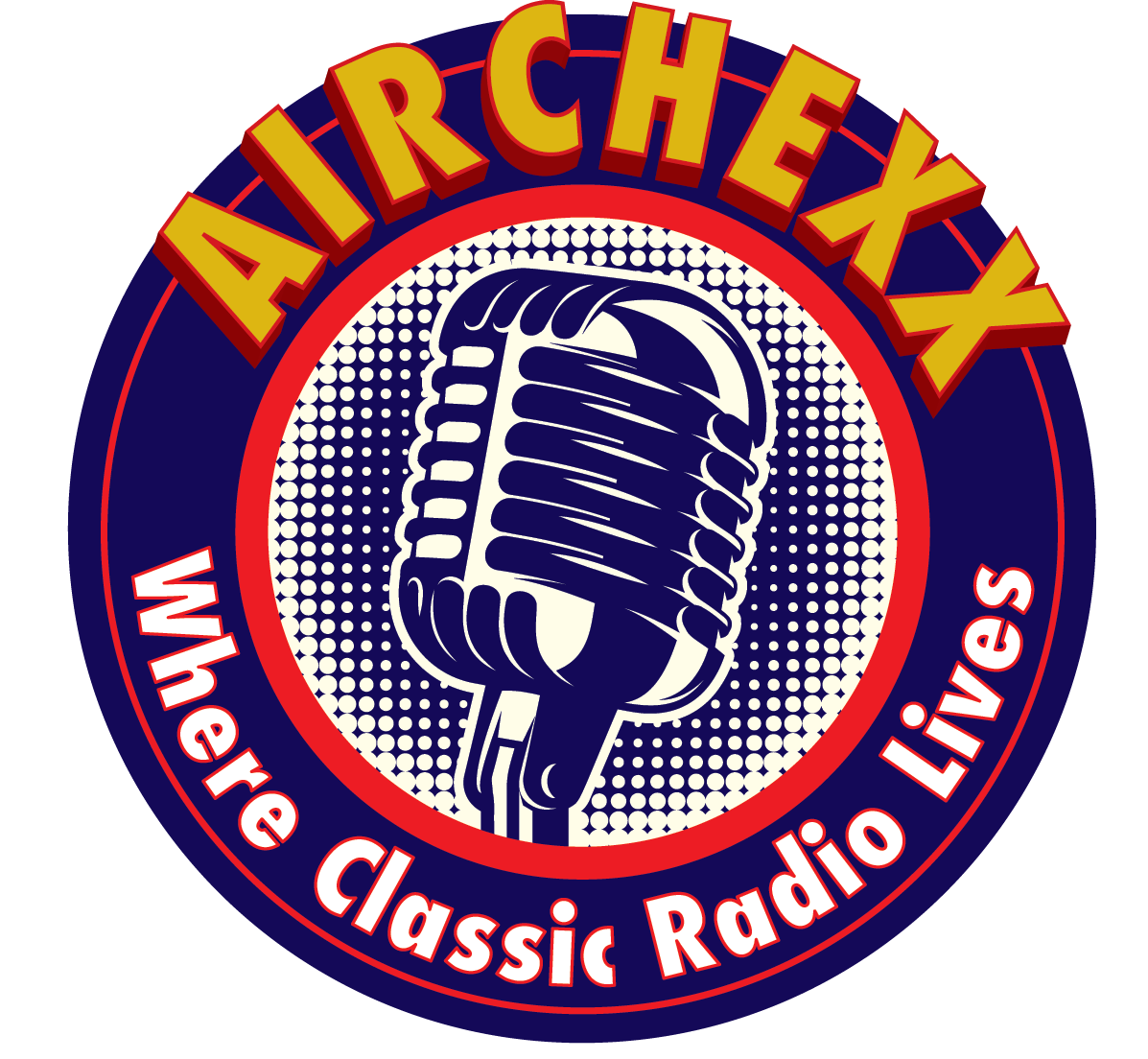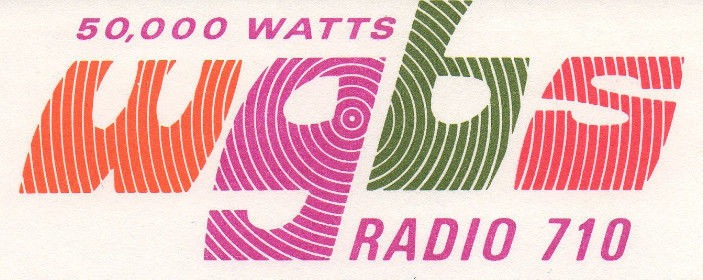HISTORY
WGBS began as WFTL on December 3, 1939 at 1370 kHz. Through a long and often complex series of frequency and ownership changes. NARBA in 1941 would take change the frequency to 1400 and later in 1941 the station was sold to Ralph A. Horton, who moved the station to 710 kHz in order to increase power to 50,000 watts daytime and bring the station closer to Miami. At the time, it was the most powerful station in Miami,
During the Cuban Missile Crisis, WGBS had the most powerful medium wave signal into Havana, Cuba, and the U.S. government leased time on WGBS nights, transmitting the spanish language programming of the Voice Of America to Cuba. Castro went to great lengths to block the WGBS signal. Eventually, VOA Radio built its own station in Marathon, FLorida, but WGBS still carried up to 3 hours a day broadcasting anti-communist programming to Cuba.
WGBS built an FM station and a TV station to go along with the AM. The FM was sold off in 1979.
in the 1980s, WGBS changed call letters to WAQI and the format to spanish language talk, aimed at Cuba. It was essentially anti-Castro programming which remains to this day, although today, there is much controversy over what WAQI is broadcasting, as with most things these days, it’s all political squabbling. The GOP maintains that WAQI is broadcasting left wing programming, still aimed at Cuba, and Cuban exiles still living in South Florida complain that WAQI has abandoned them and their cause by broadcasting things more sympathetic to Cuba’s current communist system. Some things never change.
THE BIG QUESTION
What was the thinking behind using the slogan “MusicRadio Seven-Thousand”? WGBS was on 710 khz, not 700. There doesn’t seem to be anything to tie the term seven-thousand to, other than perhaps to make it more memorable. Former listeners could tell us if they read this post.
The format during the music years is listed as “Adult Contemporary” from 1960 – 1983. This would be incorrect, because the “Adult Contemporary” format did not exist in the 1960s. One COULD call it Middle of the Road (MOR), or TOP 40, but AC as a format was a construct of the late 1970s.
The audio quality of this tape is so-so. You can hear it, but there’s not much top end. Considering the age of this aircheck, I suppose that’s par for the course. The jock is Ron St. John. A capable, but not exactly exciting jock… but he sure has those liner cards down!
There will be more on this legendary south Florida radio station coming up in Part 2.
Watch for the video version of this aircheck coming soon to our Official “Airchexx Classic Radio” YouTube channel very soon.
Aircheck courtesy of Big Apple Airchecks

